The often overlooked Nikkormat line of cameras is an excellent addition to anyone with a large selection of manual focus Nikon glass, both original Auto-Nikkor or the modern AI and AI-S glass. Sold as a consumer camera built to the same quality and specification as the professional Nikon cameras of the era, today, they have more of a cult following. While most people will gravitate towards the improved original Nikkormat FTn or the short-lived FT3, the FT2 is the forgotten middle child and is the ultimate Nikkormat. With backward and forward compatibility, a modern battery cell, over its life, never changed. Thanks to Bill Smith for donating the FT2 for review.
Camera Specifications
Make: Nikon
Model: Nikkormat FT2
Type: Single Lens Reflex
Format: 135 (35mm), 36x24mm
Lens: Interchangable, Nikon F-Mount (Pre-AI, AI, AI-S*)
Shutter: Metal Vertical Travel Focal Plane Shutter, 1s – 1/1000s + Bulb
Meter: TTL SPD Centre-Weighted Meter, EV3 ~ EV17 @ ASA-100, ASA-12 – ASA-1600
Dimensions (WxHxD): 148x96x54mm
Weight: 780g
Power Source: 1x 357 (SR44, 1.5V) Battery
Year of Manufacture: 1975-77
Background
Founded on 25 July 1917 as a merger between the optical instruments division of Tokyo Keiki and the mirror division of Iwaki Glass with Fujii Lens Manufacturing, forming Nippon Kogaku Kogyo K.K. (Nippon Kogaku K.K.). The new firm had tied to the Imperial Japanese Military and would focus production of high-quality optical instruments such as microscopes, binoculars, and survey equipment. Within a few years, the board invited German engineer Heinrich Acht and a team of seven engineers to kick-start a camera optics program within the company. Arriving in 1921, the team began to help design areal surveillance lenses and arrange for their production. While most of the team left in 1926, Acht remained until 1928 to train his successor, Sunayama Kakuya. While the main focus of Nippon’s lens division remained surveillance, the first civilian lens released was the Anytar, a 12cm (120mm) f/4.5 based on the common Tessar formula. Nippon Kogaku quickly became a force within the growing Japanese camera industry and adopted the more familiar Nikkor branding in 1932. Seiki Kogaku selected Nippon Kogaku as their primary lens supplier for their new Canon camera in 1936. Because of the connection to the military, Nippon Kogaku saw a great deal of expansion during the war years of 1939 to 1945, producing lenses, periscopes, bombsights and binoculars for the army, navy, and airforce. During the height of the conflict, a workforce of 2,000 and thirty factories were in production for the company. During the occupation and reconstruction following the war, Nippon Kokagu turned all their attention to the civilian camera market. Designers turned to build their first cameras, a 6×6 twin lens reflex called the Nikoflex and a 35mm rangefinder. The Nikoflex was dropped quickly when a suitable leaf shutter could not be found in domestic production. The rangefinder, however, got traction quickly. Nippon designers took inspiration for the external look from the Zeiss Ikon Contax and the internal design from the Leitz Leica.
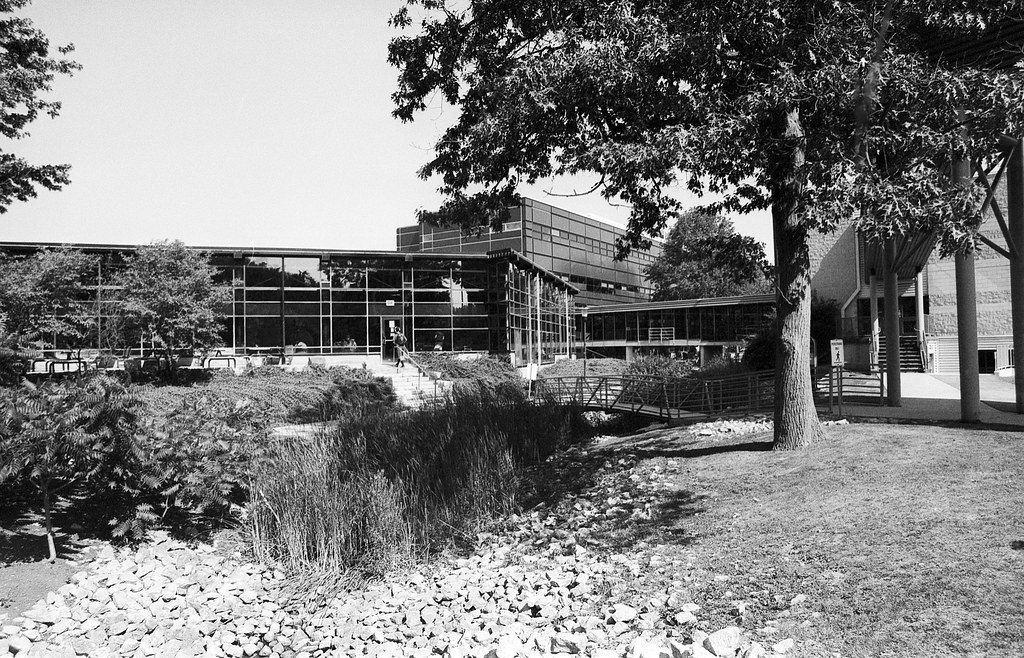
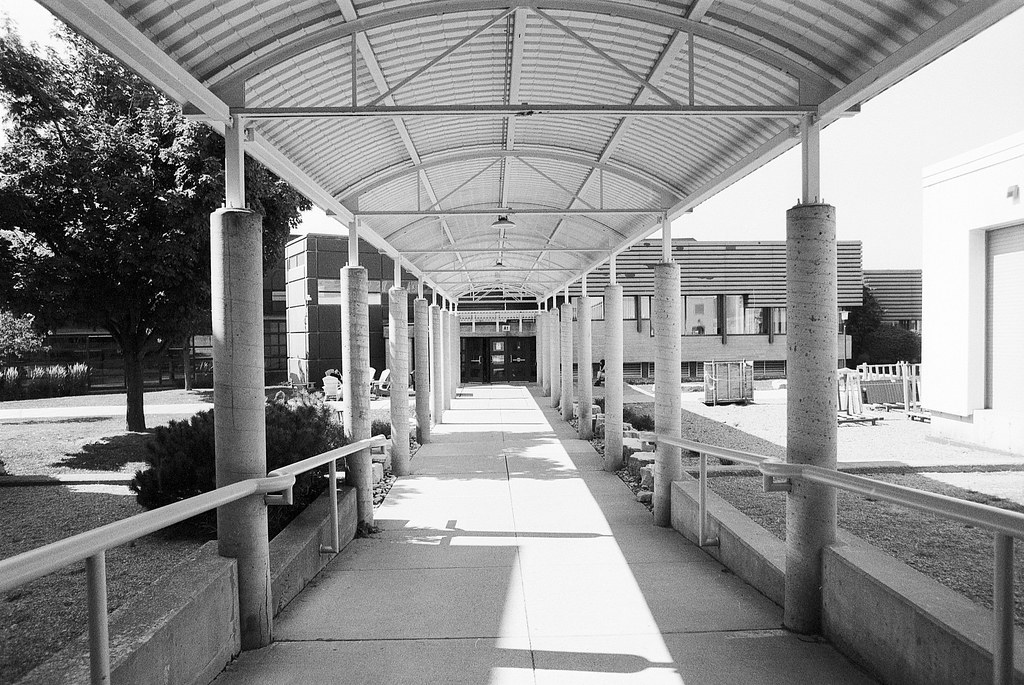
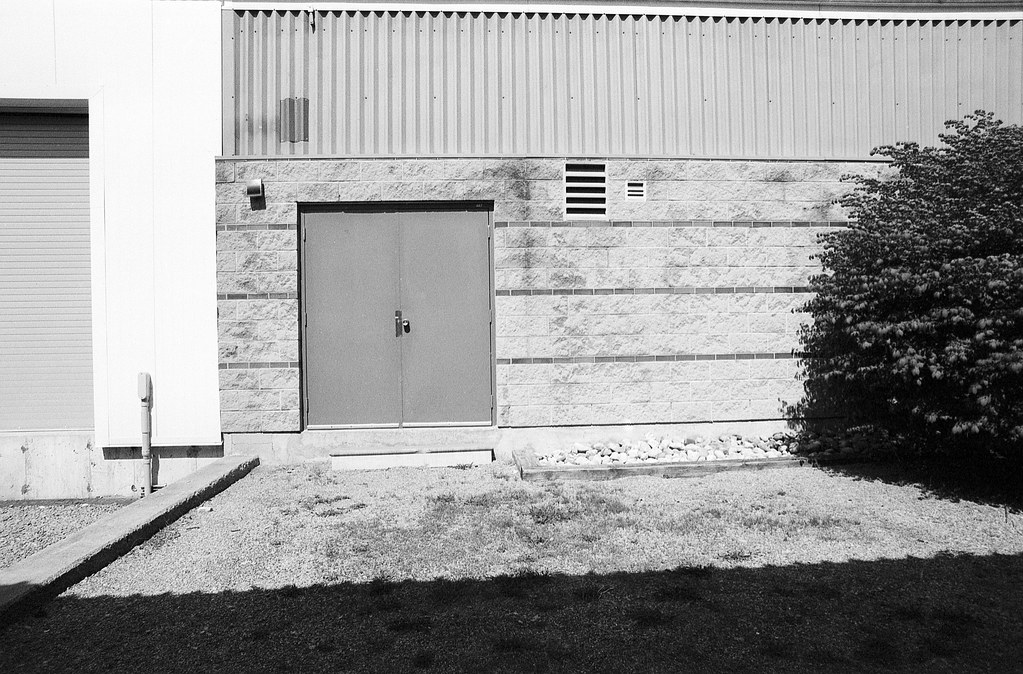

The result was the 1948 Nikon, a 35mm rangefinder that produced a frame size of 24x32mm to help conserve film. While the camera proved popular, the irregular frame size prevented the camera from getting an export license. So a compromise was struck with 1949’s Nikon M that used a frame size of 24x34mm, a frame size that did not conform to the Kodak ‘135’ standard of 36x24mm. The non-standard frame size continued in the 1950s Nikon S, adding modern flash synchronisation. Nippon Kokagu enjoyed domestic popularity among the Japanese market and occupying American forces, but outside Japan remained relatively unknown. American photojournalist David Duncan was in Tokyo while covering the emerging conflict on the Korean peninsula and was introduced to Nikkor optics by fellow photographer Jun Miki. Duncan would purchase several Nikkor lenses for use on his Leica. Duncan’s use of Nikkor lenses made a splash, and in response, Nippon released the Nikon S2 in 1955, finally producing a 24x36mm negative size. An improved Nikon SP in 1957 would become the foundation of Nippon’s greatest innovation, the 1959 Nikon F. The F represented a combination of several other innovations into a professional system SLR that allowed for interchangeable lenses based around a new F-Mount, and additional accessories to further customise the camera to whatever the user wants them to do!




The Nikon F was aimed at the professional market, but the growing amateur photography market saw Nippon Kogaku want a piece of that action. In 1960 two consumer-grade cameras were released. The Nikkorex 35 was a fixed lens, Nikkor 50mm f/2 with a Citizen-MVL leaf shutter and a porro-mirror SLR design, and an interchangeable lens Nikkorex F built by Mamyia for Nippon Kogaku. The Nikkorex 35 proved to have a raft of issues with build and quality. So in 1962, an improved Nikkorex 35|2 with a Seikosha-SVL leaf shutter, which also proved to be a problematic camera. Ultimately, the Nikkorex F was sold to Ricoh, who released it as the Ricoh Singlex and Sears SL11. With the failure of the Nikkorex line, Nippon’s designers decided to build a better consumer camera in-house and go with what they knew. Basing it around the Nikon F and the F-Mount, the Nikkormat line hit the markets in 1965. Two model offerings. The F.T. featured a TTL averaging meter (similar to the Photomic T meter for the Nikon F), a Depth-Of-Field preview, and a self-timer. The lower-spec F.S. lacked all these features. While far from perfect, a photographer could use the F.S. or F.T. as a low-cost second body and use all the existing Auto-Nikkor lenses without trouble. An improved version, the FTn, came out in 1967. From the initial release, the FTn had an improved meter, with the new 60/40 centred weighted metering system and an improved metering display in the viewfinder. In 1969, a threaded shutter release, an improved take-up spool, and an A-Type focusing screen were added. A K-Type focusing screen and an improved mirror box were added in 1972. Some cosmetic changes were made in 1973. All these changes and a few more resulted in the 1975 release of the FT2. The FT2 also updated the battery to a modern silver cell and added some plastic elements. The top meter had a +/- icon added. No changes to the FT2 were made throughout production, and in 1977 it ceased production. The replacement, the FT3, allowed for native use of the new AI lenses and older Auto-Nikkor (Pre-AI) lenses with stopped down metering. While the Nikon FM soon overshadowed the FT3, the FT3 remained in production until 1979.
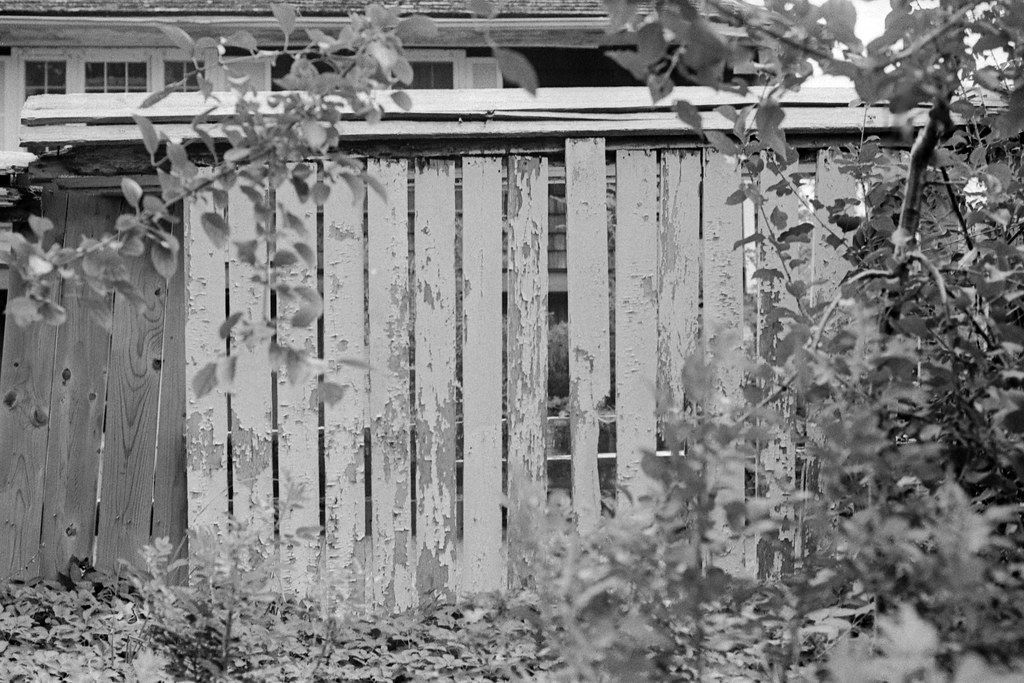
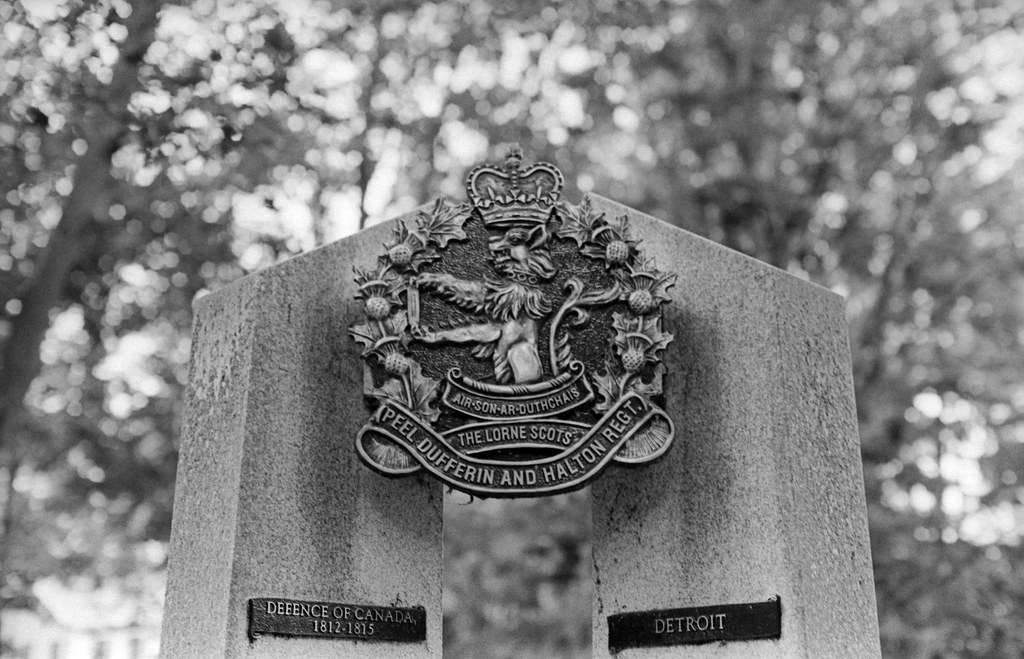


Impressions
While the Argus C3 is known as the brick, the FT2 is undoubtedly built like one. Designed in the era of function over form, the FT2 is a brutalist beauty from the age before Nikon thought about industrial design. The camera is heavy, so a good strap is a must, but the tradeoff is that the camera is solidly built, all-mechanical and all-metal from the ground up. And they are available in either the chrome and black two-tone or an all-black finish. You will also find some with Nikkormat and Nikkomat nameplates. Other than that, there are no known special editions or variants. One of the first things you will notice is that the shutter speed dial is around the lens mount. While it takes a bit to get used to, it is an efficient place for control. This also leaves the top plate clean, but it does have a top-meter display. You will also find the depth of field preview button and a round window frame counter. The shutter release uses a standard mechanical release thread, the advance has a nice throw, and the shutter sounds terrific. You will also notice the big indexing pin along the lens mount that allows TTL metering. For a consumer-level camera, the viewfinder is excellent, with a match-needle display for metering and the shutter speeds displayed, but sadly no aperture values. The lack of aperture in the display is a poor idea, but it shows that Nikon aimed aperture priority over shutter priority for their cameras. My example also has a lovely Type-A focusing screen with a split prism for easy focusing. Overall, the camera, despite its weight, is well-balanced, well built, with good attention to detail and build quality.




Experiences
The Nikkormat FT2 is an absolute joy! The first thing I noticed is how light the camera is; sure, it isn’t as light as my FE2, but it is far lighter than what you would expect by looking at it. But I still recommend having a good strap, and I plan to add the Peak Design strap anchors to the camera body. The first thing I needed to figure out again was how to mount the lens on the camera; since I’m used to the AI(-S) support, you need to do the Nikon Shuffle to help index the lens with the camera. I also needed to get the coupling claw aligned correctly. Loading film is similar to any other SLR of the era; remember, the release is on the back door, not by pulling up the rewind knob. I had to get used to the shutter speed dial around the lens mount and know which direction to move the dial to adjust the speed. The viewfinder has a speed indicator but not an aperture indicator, so I set my aperture and adjusted the speed to match. The match needle indicator is clear and easily read and something familiar. The best thing about the FT2 is the shutter; again, it would carry a big clunk when fired, but it is surprisingly quiet. Thanks to the fact it’s the legendary Copal Square shutter. The A-Type viewscreen is bright, and I had no issues with focusing. The one issue with my copy is the meter; it’s about a stop and a half out due to a botched repair job. But when it is running correctly, the classic 60/40 split is dead-accurate. To power on the camera, you have the typical half-pull of the film advance, which is annoying to people who use their left eye to look through the finder but of no concern for those who use their right. The film advance is also short and smooth, which I always look for in a camera. Overall, the FT2 is a simple, functional camera built to a high-quality standard and is the perfect second body to a pro-level Nikon, like the F2 or original F.

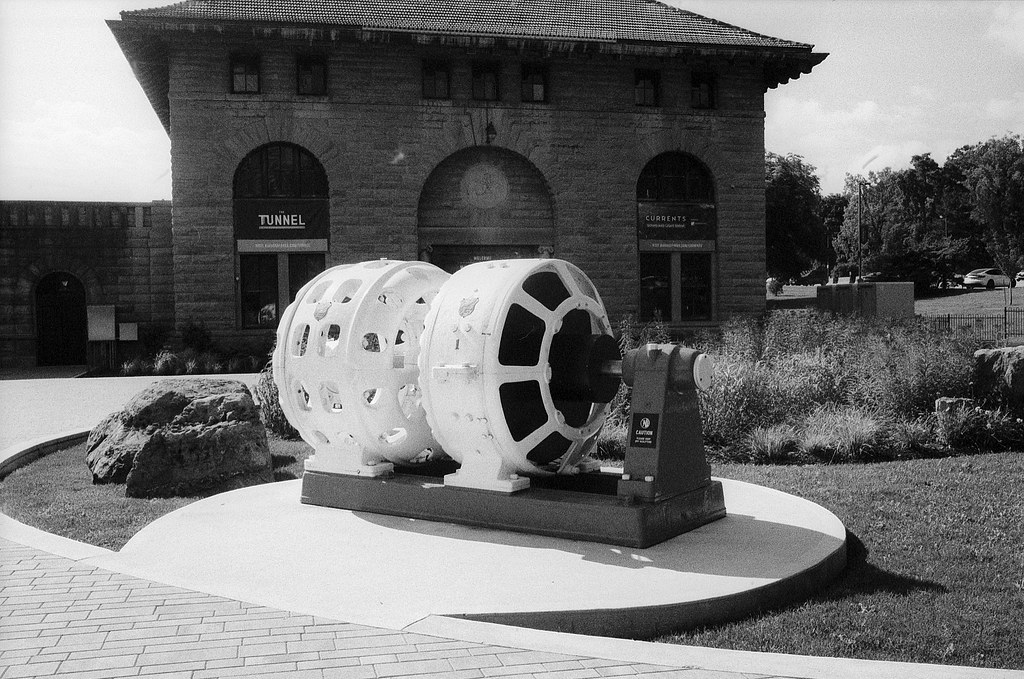

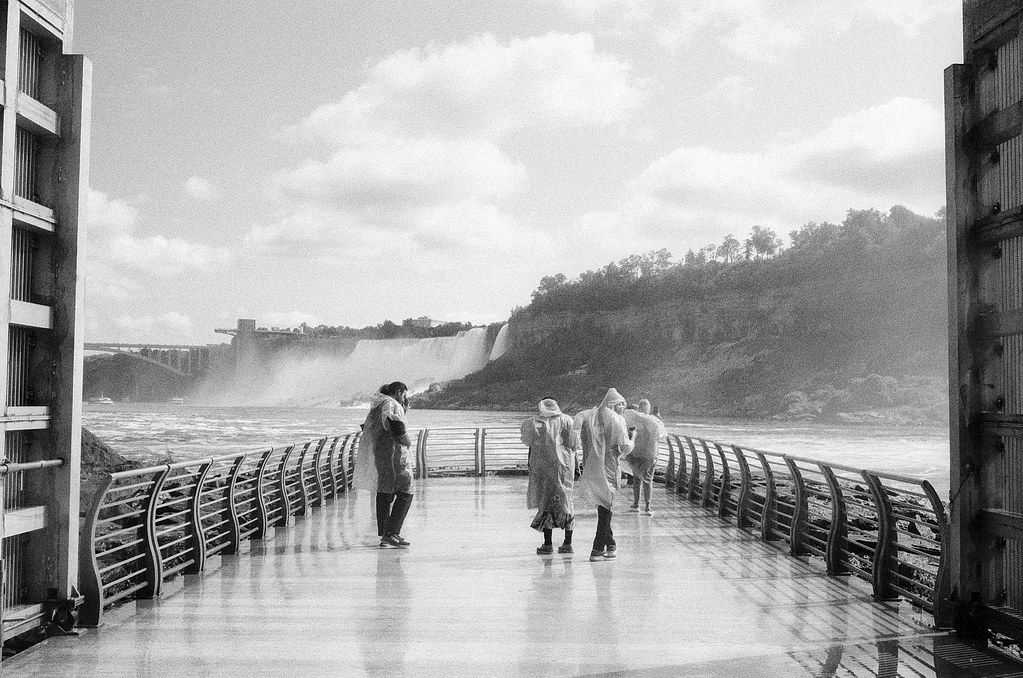
Optics
If you have worked with Nikon SLRs before, you’ll know that not all F-Mounts are created equal. The mount has changed multiple times since its introduction in 1959. The FT2 uses the original form of the F-Mount. But don’t let that stop you from picking up an FT2 because you won’t need to invest in pre-ai lenses to use one. The TTL coupled metering on the FT2 depends on a direct physical link between the aperture ring on the lens and the camera body itself. So semi-automatic indexing is achieved through a prong on the lens that links to a pin on the lens mount on the camera body. And Nikon being wise, included this claw on the subsequent two versions of their manual focus lenses, the AI and AI-S lenses. This means if you have lenses with claws, you can use them on your FT2. You must ‘index’ the lens when mounting, better known as the Nikon shuffle. When going to mount the lens, push the pin all the way to the right, then set your lens’ aperture to f/5.6, mount the lens by turning it counter-clockwise. Once you hear the click, you can index the lens but stopping it all the way down, then opening up wide. Now some AI-S lenses do not have this claw, which means they will still mount on the FT2; the downside is that you won’t be able to use the metering. These lenses can include manual focus lenses and the first three generations of autofocus lenses. But if you’re starting fresh, you can find some real bargains with pre-ai lenses. A good starting lens is the classic Nikkor-S 50mm f/2; while slower than a 1.8 and 1.4, they are bargains on the used market and produce excellent images. And when you’re ready to expand, some fantastic options are the Nikkor-H 28mm f/3.5 and the Nikkor-P 105mm f/2.5. But for those looking to have everything covered, the Nikkor-O 35mm f/2.8, Nikkor-H 85mm f/2, and Nikkor-Q 200mm f/4 are solid lens choices that won’t break the bank.


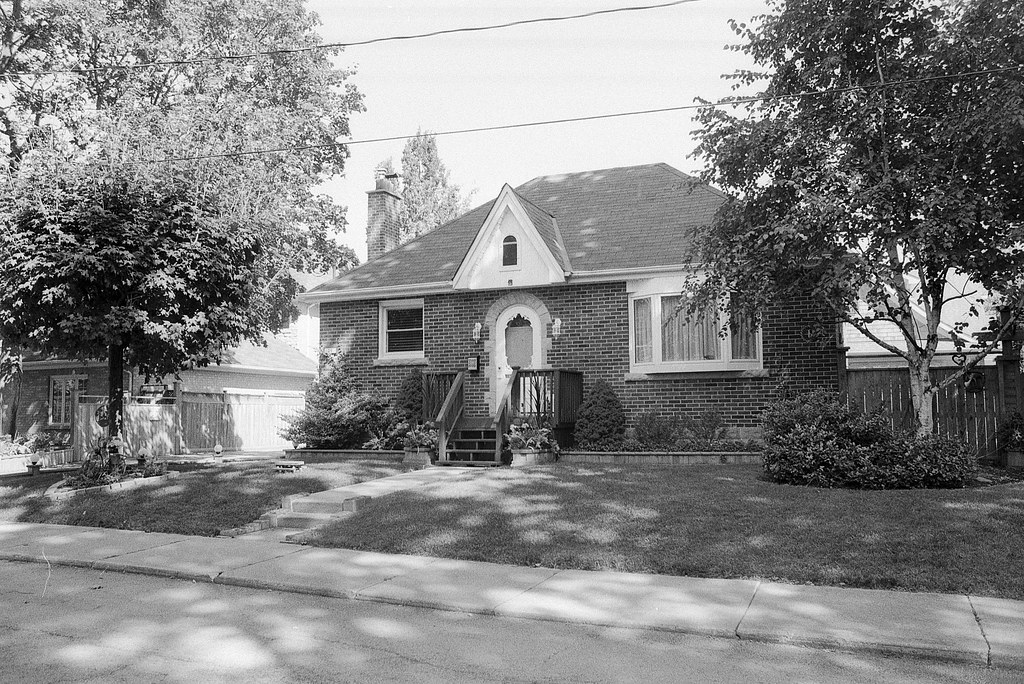

Lowdown
One of the best parts about the FT2 is that it takes a modern battery cell; in contrast to the original FT and FTn, which take a mercury cell, the 357/SR44 battery is readily available in grocery and drug stores. And since the battery only powers the meter, it lasts for a long time, especially with a dedicated on/off switch with no additional power drain. And even if the meter dies or the battery dies, the camera will still function. The FT2 is an affordable camera on the used market, with most going for between 40-80 dollars. Some are more expensive but often will come with a lens, and even if you have to get a lens, the Auto-Nikkor, Non-AI/Pre-AI glass is an affordable option; the standard Nikkor 50/2 is also under 100 dollars on the used market. Having worked with two other Nikkormat cameras, I’m glad to have settled on the FT2 as the best in the series. It offers everything you are looking for in a Nikkormat camera, a modern battery, cross-compatibility with lenses, and an affordable price point. As an all-mechanical camera, the FT2 is still easily repaired. It is nice to have an all-mechanical camera in the tool kit again, and I certainly see this being a favourite when the cold of winter hits or a future camera for the Frugal Film Project.
Further Reading
Don’t just take my word on the Nikkormat FT2; you can check out the reviews by other awesome camera reviewers!
35mmc – Nikomat FT2 review: Because photography isn’t complicated enough
B&H – Classic Camera Review: Nikkormat FT-2, The Poor Man’s Nikon F
Daniel J. Schneider – Nikkormat FT2: Small Changes, Big Improvement
Artificer Media – Nikkormat FT2 Review
Imaging Pixel – Nikkormat FT2 Film Camera Review‘
Photographic Hardware – Nikkormat FT2 Review


Alex, I’m glad you love the Nikkormat FT2, it’s a nice no nonsense workhorse camera that just delivers!
Wonderful review of a wonderful camera.
I bought a Nikomat FT2 as a spur of the moment with a 50mm 2f lens for about $60. This was about 3 years ago. Sadly, mine died last year. Actually, I had bought another many more years ago and that was just sitting my dad’s place. I will now soon have that camera in my possession.
I really like the weight of this camera and how it felt while holding it.